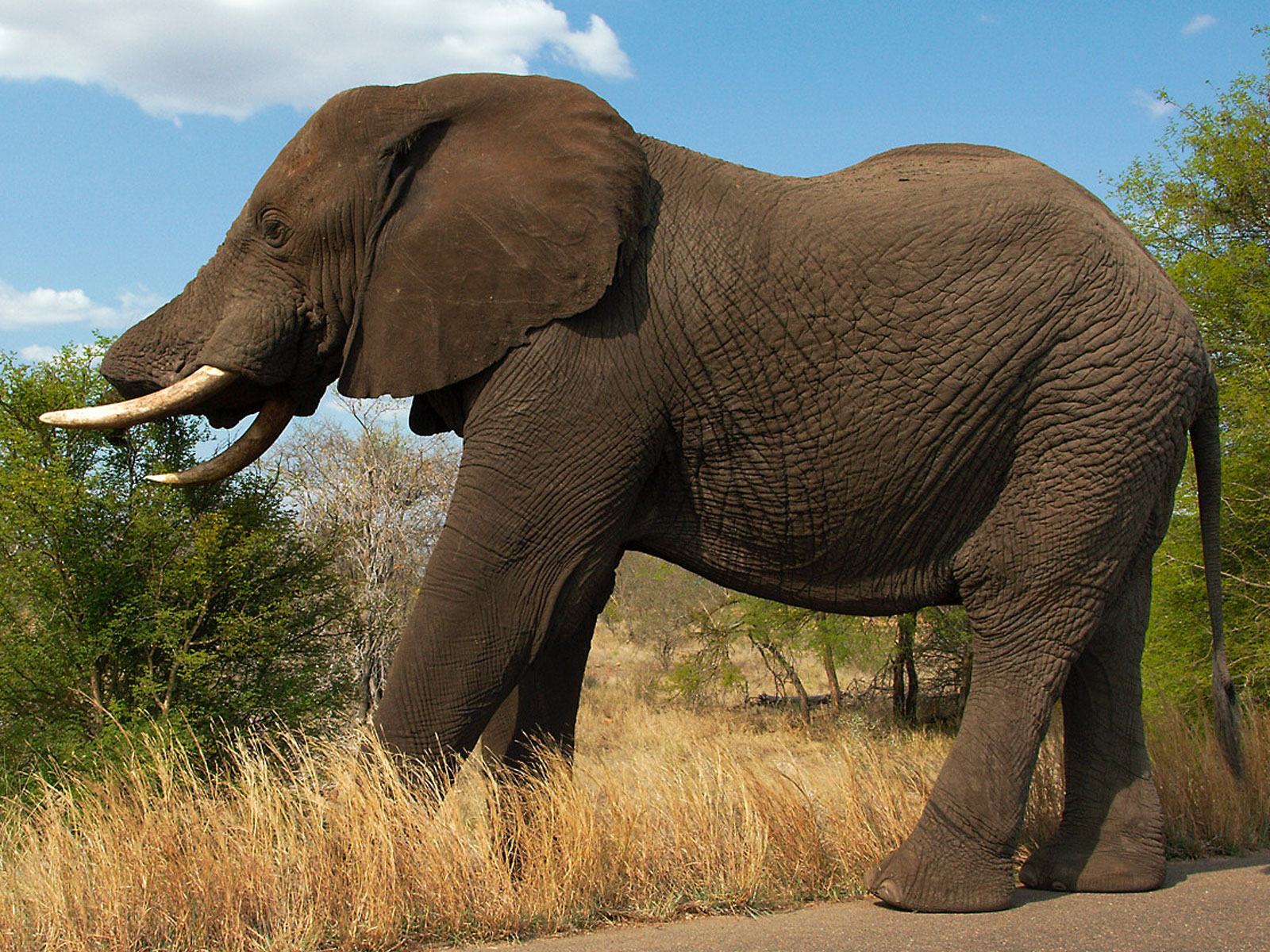The allure of the elephant ear plant, with its enormous, ear-shaped leaves that evoke the majesty of the jungle, is undeniable. These plants, belonging to the Alocasia and Colocasia genera, have gained popularity for their unique appearance and relatively low-maintenance care. However, to ensure your elephant ear plant thrives, understanding its specific needs is crucial. In this comprehensive guide, we’ll delve into the world of elephant ear plant care, exploring the best practices for nurturing these tropical beauties.
Understanding Elephant Ear Plants
Before diving into the care instructions, it’s essential to understand the basics of elephant ear plants. These plants are native to tropical regions of Asia and are known for their impressive foliage. They can grow quite large, with some varieties reaching heights of over 6 feet. Elephant ear plants are often confused with the similar-looking caladium and taro plants, but they belong to distinct genera.
Lighting Requirements
Elephant ear plants thrive in bright, indirect light. Direct sunlight can scorch their leaves, so it’s essential to provide them with filtered or dappled light. If you’re keeping your plant indoors, placing it near an east- or west-facing window is ideal. For outdoor plants, choose a spot with partial shade, especially in warmer climates.
For optimal growth, ensure your elephant ear plant receives at least 4-6 hours of indirect sunlight per day. Avoid placing them in areas with full sun, as this can lead to leaf scorch and discoloration.
Watering and Humidity
Maintaining the right moisture levels is critical for elephant ear plants. The soil should be kept consistently moist but not waterlogged. Check the soil daily, and water only when the top 1-2 inches of soil feel dry to the touch. It’s also essential to ensure good drainage to prevent root rot. In terms of humidity, these plants prefer a humid environment, typically above 50%. You can increase the humidity around your plant by placing it on a tray filled with water and pebbles or using a humidifier.
Temperature Considerations
Elephant ear plants are sensitive to temperature extremes. They thrive in temperatures between 65°F and 75°F (18°C and 24°C), which is typical for most indoor environments. Avoid placing your plant near heating or cooling vents, fireplaces, or drafty windows. Temperatures below 55°F (13°C) can cause damage, and prolonged exposure to temperatures above 80°F (27°C) can lead to leaf drop and reduced growth.
Fertilization and Soil
Feed your elephant ear plant with a balanced, water-soluble fertilizer during the growing season (spring and summer). Dilute the fertilizer to half the recommended strength to avoid burning the roots. As for soil, use a well-draining potting mix specifically designed for tropical plants. Avoid using regular garden soil, as it can compact and prevent proper drainage.
Repotting and Propagation
Elephant ear plants typically need to be repotted every year or two, as their potting mix breaks down over time. Choose a pot that is only slightly larger than the previous one, as these plants prefer to be slightly root-bound. When repotting, gently remove the plant from its pot, taking care not to damage the roots. Trim off any dead or damaged roots before placing the plant in fresh potting mix.
Propagation can be done through division or tissue culture for more advanced gardeners. Divide the tubers in the spring when the plant is dormant, making sure each section has at least one “eye” or growth node. Plant the tubers in a pot filled with moistened potting mix, and keep the soil consistently moist until new growth appears.
Common Problems and Solutions
- Leaf Drop: Often caused by temperature fluctuations, overwatering, or underwatering. Adjust your plant’s environment accordingly.
- Pests: Check for spider mites, mealybugs, and aphids. Treat infestations with insecticidal soap or neem oil.
- Fungal Diseases: Overwatering can lead to root rot and other fungal diseases. Improve drainage, reduce watering, and treat with a fungicide if necessary.
How often should I water my elephant ear plant in the winter?
+In the winter, when the plant is dormant, reduce watering to once every 4-6 weeks. The soil should be dry to the touch between waterings. Overwatering during this period can lead to root rot.
Can I grow elephant ear plants outdoors year-round?
+In USDA Hardiness Zones 9-11, elephant ear plants can be grown outdoors year-round. However, in cooler zones, they should be brought indoors during the winter or treated as annuals. Before the first frost, dig up the tubers, let them dry for a few hours, and then store them in a cool, dark place in a breathable bag filled with peat moss or vermiculite.
Conclusion
Caring for an elephant ear plant requires attention to its specific needs, including lighting, watering, temperature, and fertilization. By following the guidelines outlined in this article, you can create an environment where your elephant ear plant will not only survive but thrive. Remember, the key to success lies in understanding and adapting to the unique requirements of these tropical plants. With the right care, your elephant ear plant will become a stunning centerpiece in your home or garden, showcasing its majestic, ear-shaped leaves for all to admire. As you embark on this journey of nurturing your elephant ear plant, embrace the process of learning and adaptation, and enjoy the rewards of watching your plant grow and flourish under your care.



